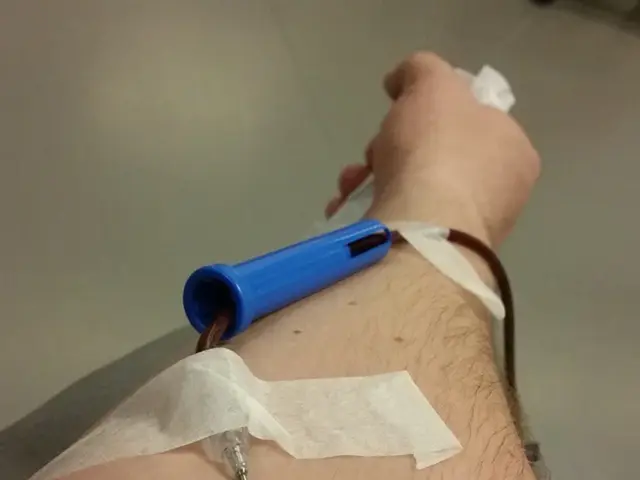Perception puzzle revealed: American researchers illuminate the secret behind our perception of non-existent visuals viathe use of lasers
In a pioneering study published in the esteemed Nature Neuroscience journal on September 15, a collaborative team of researchers from Seoul National University, the University of California, Berkeley, and the Allen Institute in Seattle have identified the specific neural circuit and cell type responsible for perceiving visual illusions.
The key authors of the study, Hyeyoung Shin from Seoul National University and Hillel Adesnik from the Allen Institute, uncovered a rare subset of primary visual cortex neurons known as IC-encoder neurons. These neurons complete visual patterns and mediate the perception of visual illusions.
The research, which involved observing electrical brain activity of mice as they viewed illusory images, has significant implications for neurological disorders where perception goes awry, particularly in schizophrenia. Understanding which cells and in which layer this activity occurs is crucial for treating these disorders.
The study also opens new avenues for exploring how brains interpret and shape the reality we experience daily. One classic example of an illusion is the 'Kanizsa square,' an optical illusion that creates the perception of a three-dimensional object from two-dimensional shapes.
The findings shift the understanding of vision from a passive process to an active one where the brain actively constructs our perception of reality. The study revealed a feedback loop involving a 'top-down' instruction sent from higher-level visual areas of the brain to the primary visual cortex where IC-encoder neurons reside. This is the first time such a loop has been demonstrated in the brain of mice.
The team used two-photon holographic optogenetics to stimulate IC-encoder neurons with a beam of light. This advanced technique, provided by the Allen Institute's OpenScope program through the Neuropixels probe rig, allowed the researchers to manipulate the activity of these neurons with precision.
Even when no illusion was present, the team was able to stimulate IC-encoder neurons with a beam of light, providing evidence of their unique capacity to drive pattern completion, which allows them to recreate the perception of a complete, illusory object.
This study marks a significant step forward in our understanding of the brain's role in perception and could lead to new treatments for neurological disorders. The active construction of our reality by the brain is now a more tangible concept, thanks to the work of Shin, Adesnik, and their collaborators.
Read also:
- Climate Change Impact Mitigation in Health: Reducing the Disparity of the Health Sector's Exposure to Climate Change Challenges
- Increased measles cases Approaching 1,500 in the United States, with a new case detected in the Chicago metropolitan area.
- An Ear Infection Explained: A Discussion on Otitis Media
- Recommendations by CDC advisers for limiting MMRV vaccine choices in younger children, and forthcoming decision on hepatitis B vaccine restrictions.





